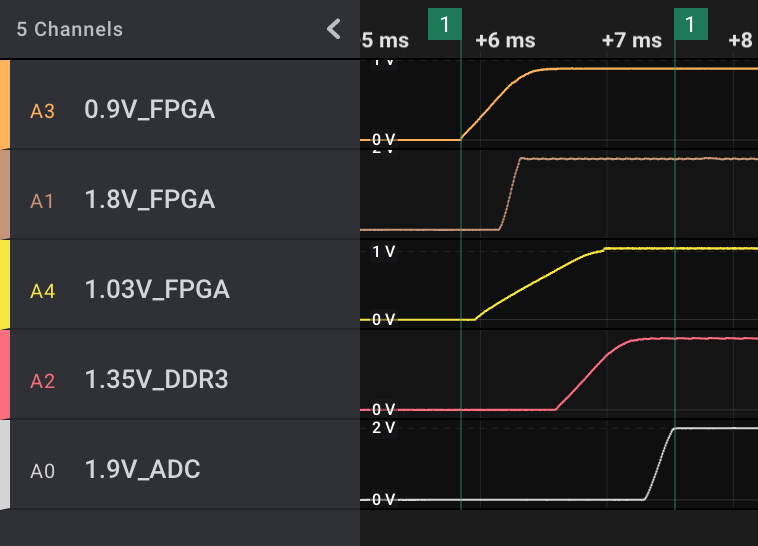Since starting working on Logic 2, the list of feature requests kept growing. With such an active community (❣️), no matter how talented our small team or how hard we work, we won’t be able to keep up. We’ve been looking for a way to shift that paradigm - how can we provide software that answers everyone’s requests?

Introducing Logic 2 Marketplace! - An in-app platform for users to easily build and share Python extensions on top of the Saleae Logic devices and software. In just a few minutes, you can create new tools to enhance the debugging process and share them with your friends, co-workers, and the community.
Our community consists of builders by nature, but we never gave them the proper tools to build. While some people have developed C++ analyzers, it is difficult to share them and even harder to compile and install them. Our goal in Logic 2 is to change that and focus on building the infrastructure that will enable you to build the tools that match your needs.
The Marketplace currently includes two types of extensions: High-Level Analyzers (HLAs) and Measurements. HLAs add another analysis level on top of the existing analyzers, (Low-Level Analyzers), and allow you to process the data even more - quickly filter data, translate results to a human-readable format, or even generate new output frames. Measurements are more low-level and provide access to the raw digital or analog recording, and produce one or more metrics for that data - such as simply calculating 1/t, estimating the baud rate of serial, measuring the RMS voltage, or even writing tests over your data.
We believe that over time the Marketplace will grow to include more and more tools - low-level analyzers, triggering tools, UI extensions, and more. This is just the beginning…
We hope that you’ll like it and want to be part of our journey in making hardware debugging faster and easier.
Mark Garrison & the Saleae team
